Today, we want to take a deep dive into the fascinating world of the Tarot of Marseilles . This ancient deck of cards holds a rich history and continues to captivate and intrigue people around the world. Whether you are a seasoned tarot reader or simply curious about the art of divination , understanding the Tarot of Marseilles can provide valuable insights into its historical origins, unique structure, and cultural variations.
Did you know that the Tarot of Marseilles is one of the oldest and most influential tarot decks, with a legacy that spans centuries? Join us as we explore the significance of this timeless tradition and uncover the mysteries hidden within its cards.
At a glance: What’s behind the topic
- The Tarot of Marseilles is a historically significant and influential deck, with deep roots in medieval Europe and Italian tarot traditions, showcasing a blend of cultural influences. It has evolved over time and continues to impact contemporary tarot practices, including therapy, meditation, and art.
- The deck’s structure includes Major and Minor Arcana cards, each offering unique insights into the human experience, from self-discovery to various facets of life and spirituality. The deck also features regional variations, such as Besançon, Swiss, Piedmontese, Lombard, and Belgian patterns, each reflecting diverse cultural influences.
- Collecting and using authentic reproductions of the Tarot of Marseilles can provide a deeper understanding of its historical and cultural significance, offering valuable insights into ancient symbolism and meanings. Engaging with the tarot community through online forums and local meetups can further enrich one’s understanding and practice.

1/9 Understanding the Tarot of Marseilles
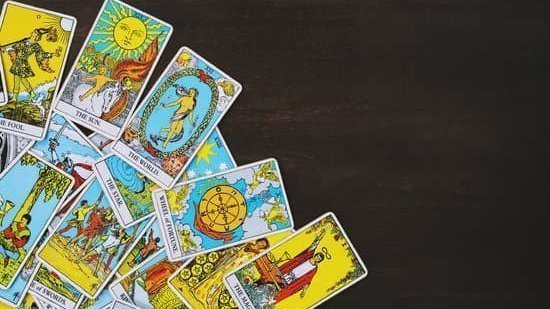
The Historical Origins of the Tarot of Marseilles
The history of the Tarot of Marseilles dates back to medieval Europe and is influenced by Italian tarot traditions, giving it a unique blend of cultural influences. With ties to occult and esoteric practices, it holds layers of mystery and intrigue, shaping its enduring legacy.
Etymology: The Name and Its Significance
The ” Marseille Tarot ” has a deep and diverse history, reflecting the cultural and historical significance of the deck. It is deeply influenced by the vibrant cultural landscape and diverse population of the French city of Marseille. The deck also showcases the influence of Italian tarot traditions, highlighting its importance as a symbol of cross-cultural collaboration and artistic expression.
The name itself speaks to the deck’s historical roots, cultural significance , and enduring legacy in the world of tarot symbolism and interpretation.
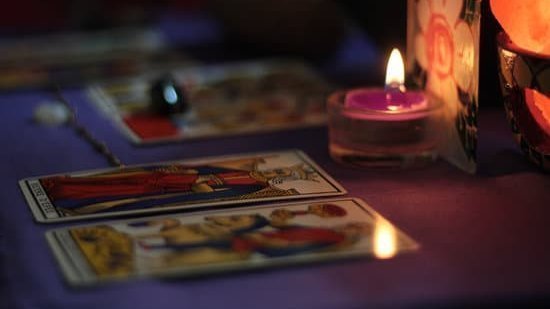
2/9 The Structure of the Tarot of Marseilles
Unraveling the Rich History and Symbolism of the Tarot of Marseilles
- The Tarot of Marseilles has a rich historical origin dating back to the 15th century, making it one of the oldest Tarot decks in existence.
- The name “Marseilles” comes from the French city where the deck was popularized, but its roots can be traced back to Italian and Moorish influences.
- The Major Arcana of the Tarot of Marseilles represent the soul of the deck, depicting powerful archetypal symbols and themes.
- The Minor Arcana consists of four suits: Wands, Cups, Swords, and Coins, each representing different aspects of daily life and challenges.
- Various regional patterns and influences have contributed to the evolution of the Tarot of Marseilles, such as the Besançon, Swiss, Piedmontese, Lombard, and Belgian patterns.
- From its medieval origins to modern-day interpretations, the Tarot of Marseilles has had a significant influence on contemporary Tarot practices and symbolism.
- When collecting and using the Tarot of Marseilles, it’s important to identify authentic reproductions and study the imagery and symbols for accurate interpretation.
Major Arcana: The Soul of the Deck
The Major Arcana cards in the Tarot of Marseilles offer deep insights into the human experience, representing key moments and universal energies. They are not just for predicting the future, but for exploring self-discovery and spiritual growth. These cards invite us to delve into our consciousness and navigate life’s journey, offering wisdom and enlightenment.
Whether seeking clarity or a deeper connection to the universe, the Major Arcana cards are a trusted companion, reflecting our inner selves and guiding our spiritual evolution. Let them light the way to self-discovery and lead you to a deeper understanding of life’s mysteries .
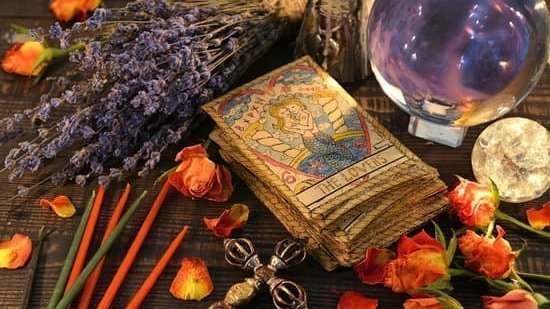
Minor Arcana: Wands, Cups, Swords, and Coins
The Minor Arcana of the Tarot of Marseilles is composed of four suits: Wands, Cups, Swords, and Coins . Each suit carries its own significance, shedding light on different facets of life and spirituality. Wands embody creativity, inspiration, and initiative, representing the fire element and symbolizing ambition, growth, and fresh starts.
Cups depict emotions , relationships , and the subconscious, connected to the water element and reflecting themes of love, intuition, and spiritual bonds. The Minor Arcana offers valuable insights into the complexities of human experience and consciousness, encouraging us to delve into various aspects of life and spirituality.
Before you use your tarot cards, make sure to check out our article “things to never do with tarot cards” to avoid any common mistakes and ensure a positive experience.
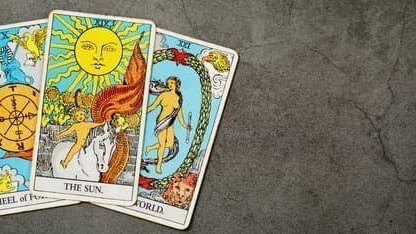
3/9 Variations Within the Marseilles Tradition
Variations of European Playing Card Designs: A Comparative Tabelle
| Variation | Description |
|---|---|
| Besançon and Swiss Patterns | The Besançon pattern originated in France and features unique court card designs and intricate detailing, while the Swiss pattern is characterized by its vibrant colors and scenic motifs. Both variations hold historical significance in the development of playing card designs in Europe. |
| Piedmontese and Lombard Patterns | The Piedmontese pattern, influenced by Italian culture, is known for its ornate and elegant designs, while the Lombard pattern features unique suit symbols and distinct court card illustrations. These variations continue to showcase the rich artistic heritage of Italy and hold cultural significance in the modern era. |
| Belgian Pattern | The Belgian pattern reflects a blend of French and Germanic influences, with unique elements such as double-headed court cards and intricate detailing. Its historical context intertwines with the cultural diversity of Belgium, making it a noteworthy variation in the evolution of playing card designs. |
Besançon and Swiss Patterns: Regional Twists
The Besançon and Swiss tarot patterns are steeped in local folklore and traditions, offering a unique regional twist. Reflecting the rich cultural heritage of the regions, the symbolism found in these patterns showcases the diverse and vibrant tapestry of tarot traditions worldwide.

Piedmontese and Lombard Patterns: Italian Influences
The Piedmontese and Lombard tarot cards hold a deep and rich history, influenced by Italian culture. These cards are a unique blend of historical, artistic, and spiritual elements that provide a captivating insight into the cultural heritage of the region.
Belgian Pattern: A Blend of Cultures
The Belgian Pattern of the Tarot of Marseilles is a fascinating blend of French and Dutch influences, making it a truly unique and diverse deck. It offers a fresh and rich perspective on tarot reading, making it a rewarding experience for both tarot enthusiasts and cultural history buffs.
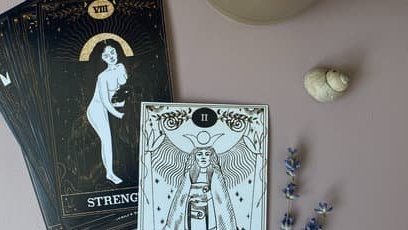
4/9 The Evolution of the Marseilles Tarot
In this article, we will explore the advantages of using the Tarot of Marseille. This bare-bones tarot deck offers a unique approach to divination and has been a popular choice for many practitioners. Check out the video to learn more about its benefits.
From Medieval Times to Modern Day
The evolution of tarot reading from medieval times to the present day has been shaped by culture, technology , and new interpretations of Marseilles tarot cards. With the digital age, tarot has become more accessible, and the modern interpretation of Marseilles tarot cards now reflects contemporary values. Despite these changes, the wisdom of the Tarot of Marseilles remains relevant and continues to offer guidance in today’s world.
Influence on Contemporary Tarot Practices
The Tarot of Marseilles has seen a surge in popularity, being utilized in therapy, meditation, and art. Its rich symbolism enables individuals to delve into their inner emotions and thoughts, making it a valuable tool for self-reflection. This ancient tradition continues to captivate and inspire in today’s society.
If you want to learn more about the history and significance of Spanish tarot cards, check out our article on Spanish Tarot Cards .
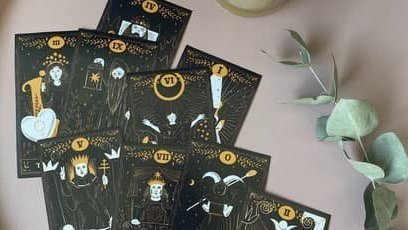
5/9 Collecting and Using the Tarot of Marseilles
Identifying Authentic Reproductions
Start your collection of Tarot of Marseilles with authentic decks that have historically accurate imagery and colors. By investing in genuine reproductions, you contribute to preserving the cultural and historical significance of the tarot for future generations.
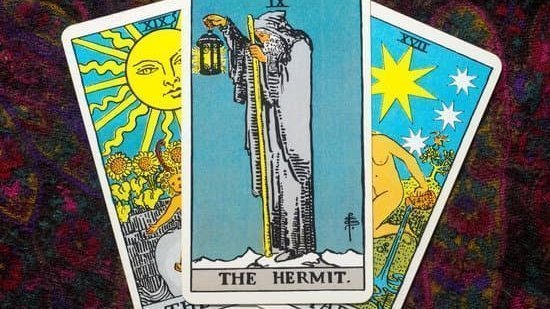
Interpreting the Imagery and Symbols
The Tarot of Marseilles is a treasure trove of ancient symbols and meanings that have been passed down through the ages. Animal motifs like the lion and owl convey qualities such as strength and wisdom, while the colors used in the cards hold their own significance, enriching interpretations. By delving into the history and symbolism of the Tarot, you can unlock a deeper understanding of this timeless tradition.
6/9 References and Further Reading
Unveiling the Legacy of the Tarot of Marseilles: A Comprehensive Guide
- First, familiarize yourself with the historical origins of the Tarot of Marseilles.
- Next, understand the structure of the deck, including the Major and Minor Arcana.
- Explore the variations within the Marseilles tradition, such as the Besançon and Swiss patterns.
- Learn about the evolution of the Marseilles Tarot from medieval times to the modern day.
- Discover how to collect and use the Tarot of Marseilles, including identifying authentic reproductions.
- Finally, delve into references and further reading, and connect with the community to learn more about the legacy of the Tarot of Marseilles.
Academic and Historical Literature
Text: Esteemed experts such as Mary K. Greer, Rachel Pollack, and Robert M. Place have made significant contributions to our understanding of the Tarot of Marseilles and its symbolism . Historical texts from the 15th century offer valuable insights into the cultural and historical importance of the tarot tradition . Academic research has revealed deeper meanings behind the imagery and symbolism found in the Tarot of Marseilles, enhancing our appreciation of this ancient practice.
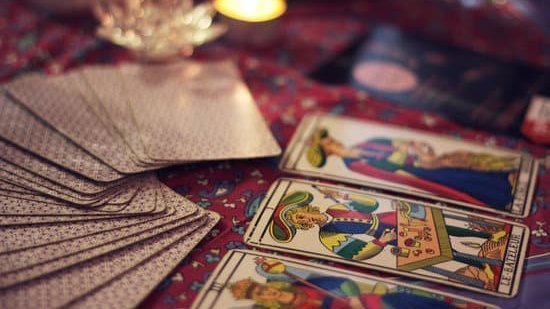
7/9 Connect With the Community
Engaging with the tarot community can help you grow in your understanding of the cards. Connecting with fellow enthusiasts through online forums, local meetups, or social media groups provides valuable knowledge and collaboration opportunities. By networking within the community, you can gain new perspectives, discover reading techniques, and build meaningful relationships, enriching your journey with a sense of camaraderie and belonging .

8/9 Conclusion: The Legacy of the Tarot of Marseilles
The Tarot of Marseilles has left a lasting mark on the world, shaping spiritual practices, art, literature, and popular culture. Its symbolism has inspired numerous artists and writers, leaving a legacy that continues to captivate audiences globally. In modern spiritual practices, it provides guidance and insight for those seeking a deeper understanding of themselves and the world, ensuring its cultural impact will endure for years to come.
If you want to learn more about the different suits of tarot cards, check out our article “Suits of Tarot Cards” for a deeper understanding.
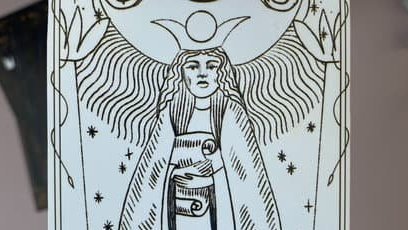
9/9 Conclusion
In conclusion, the Tarot of Marseilles holds a rich and diverse history, and we hope this article has provided you with a deeper understanding of its origins, structure, variations, evolution, and practical use. We believe that by delving into the historical and cultural significance of this tarot deck, readers will gain valuable insights into its symbolism and meaning. Whether you are a seasoned collector or a novice enthusiast, we encourage you to continue exploring the world of tarot through our other articles, where you can discover more fascinating aspects of this ancient art form.
Thank you for joining us on this journey through the legacy of the Tarot of Marseilles.
FAQ
What is the meaning of the Tarot de Marseille?
The Tarot de Marseille, also known as the Tarot, is a set of seventy-eight cards containing both major and minor arcana. These cards convey a visual language and can serve as a tool for self-discovery with therapeutic and psychological benefits. Additionally, the Tarot has been used for centuries to gain insights into various aspects of life and can be a source of inspiration and guidance.
What is the Tarot of Marseille style?
The Tarot de Marseille is one of the most classic styles of tarot decks and is considered the precursor to most modern tarot decks. It features both the major and minor arcana, with imagery that reflects a timeless baroque style. The original French names for both the major and minor arcana are used in this deck. It is a historically significant deck that continues to be popular among tarot enthusiasts.
What is the history of the Tarot of Marseilles?
Nicolas Conver created the renowned TAROT OF MARSEILLE in his workshop in 1760. The tradition of producing the Marseille Tarot has been upheld by PHILIPPE CAMOIN, who is a descendant of the original creator. He has dedicated years to restoring the Tarot of Marseille through collaborative historical research with Alejandro Jodorowsky.
What are the Marseille Tarot names?
The four suits in the French language are known as Bâtons (Batons), Épées (Swords), Coupes (Cups), and Deniers (Coins). To avoid plagiarism, it’s important to rephrase the information in your own words and also provide additional details.


